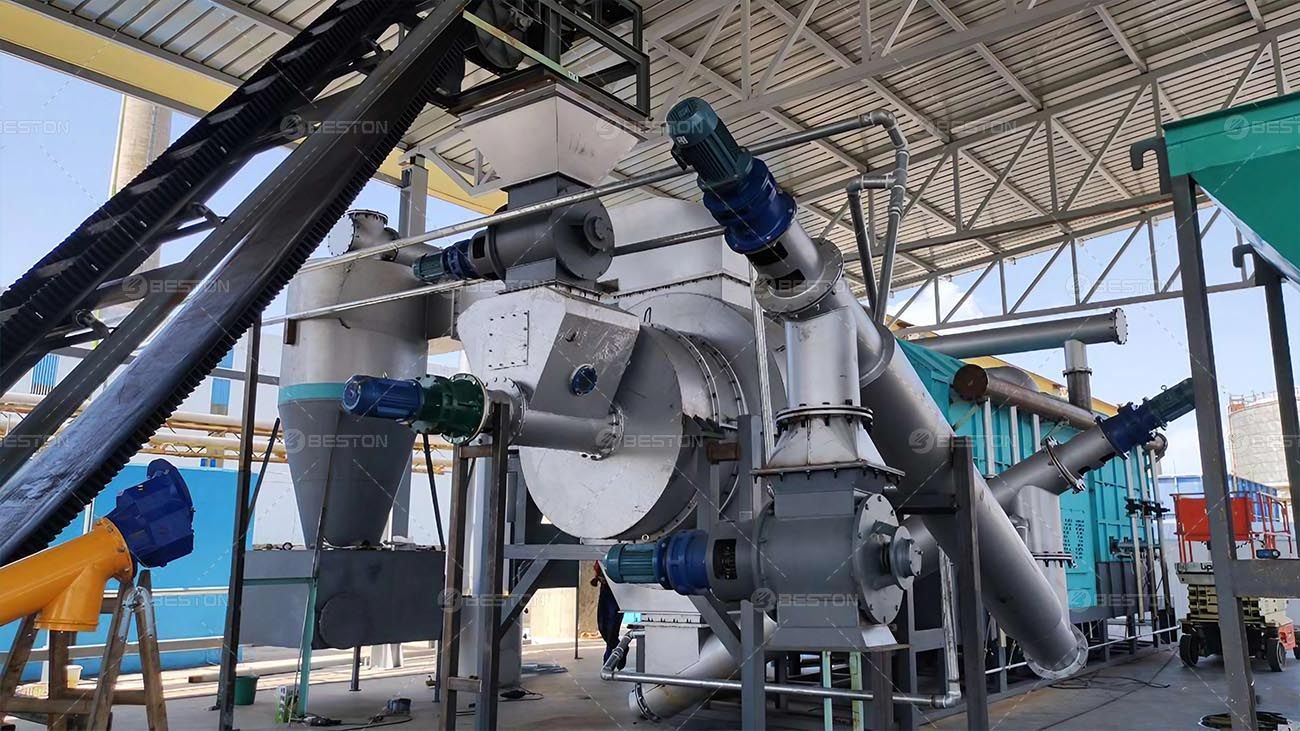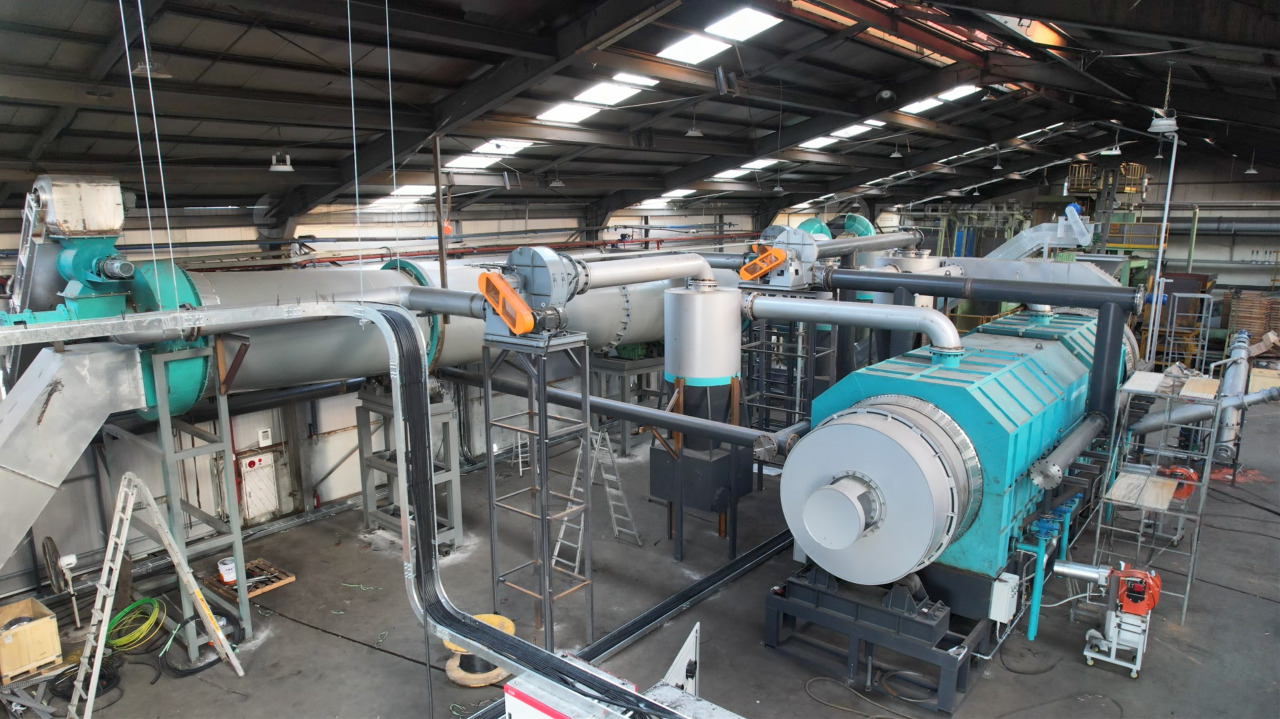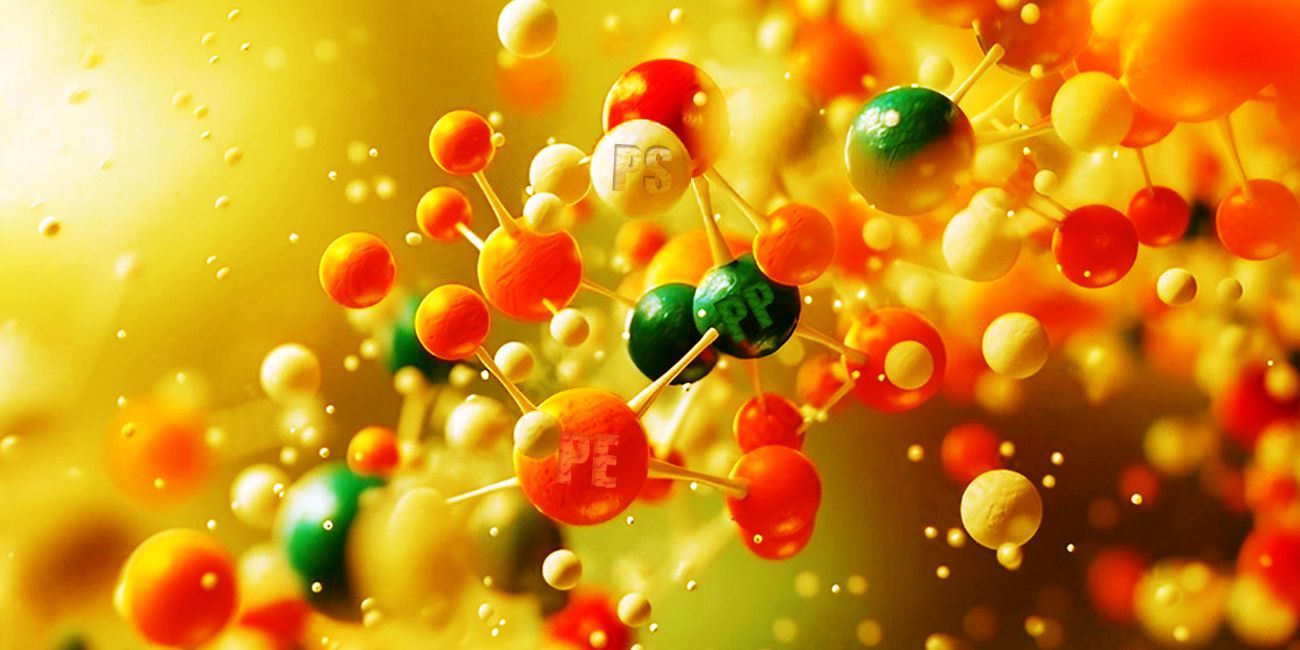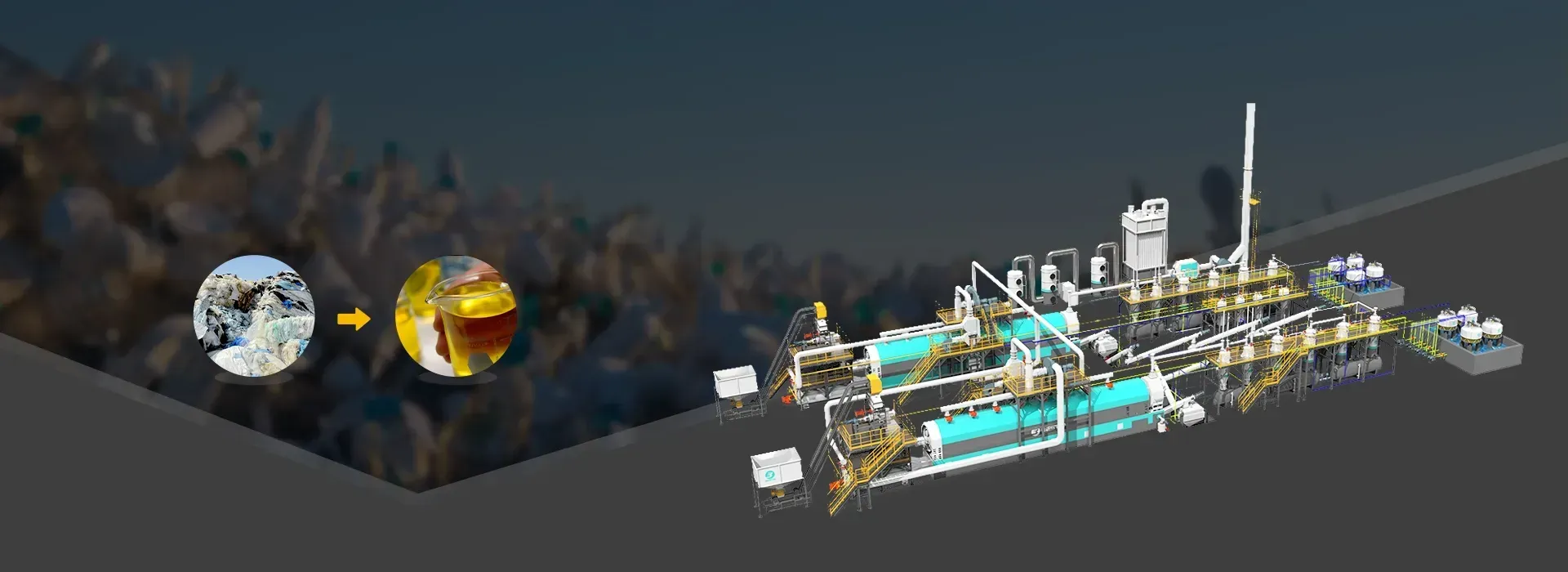Agricultural Processing Waste Biomass Resource Treatment Plan
The agricultural sector is a cornerstone of global food security. However, a significant byproduct of agricultural processes is a substantial amount of residual biomass. This residual biomass, encompassing crop residues, fruit and vegetable processing discards, and livestock manure, presents both a disposal challenge and a missed opportunity. Fortunately, innovative treatment plans can transform this waste into a valuable resource, promoting environmental sustainability and economic viability within the agricultural sector.
Characterization of Agricultural Processing Waste Biomass
The composition of agricultural processing waste biomass varies depending on the source. Understanding this variability is crucial for selecting appropriate treatment methods. Here's a breakdown of some common types:
- Crop Residues: These include stalks, leaves, and cobs remaining after harvest. They are primarily cellulosic, rich in carbohydrates, and possess moderate lignin content.
- Fruit and Vegetable Processing Discards: These comprise peels, seeds, and pulp generated during processing and packaging. They are typically high in moisture content and contain varying levels of sugars, starches, and organic acids.
- Livestock Manure: This organic material comprises animal feces and bedding. It's rich in nutrients like nitrogen, phosphorus, and potassium, but also contains pathogens and requires treatment before agricultural reuse.
Environmental Concerns of Untreated Biomass
Improper management of agricultural processing waste biomass can lead to several environmental concerns:
- Landfill Burdens: Unaddressed waste strains landfill capacity, leading to land scarcity and potential environmental pollution.
- Greenhouse Gas Emissions: Open burning of biomass releases methane and other greenhouse gasses, accelerating climate change.
- Soil and Water Contamination: Decomposing biomass can leach harmful nitrates and phosphates into groundwater, impacting surrounding ecosystems.
Treatment Technologies for Resource Recovery
Several treatment technologies can transform agricultural processing waste biomass into valuable resources:
- Composting: This biodegradation process utilizes microorganisms to convert organic matter into nutrient-rich compost, a valuable soil amendment that improves soil fertility and water retention.
- Anaerobic Digestion: This technology harnesses microorganisms in an oxygen-depleted environment to decompose biomass, generating biogas, a renewable source of energy, and digestate, a nutrient-rich biofertilizer.
- Gasification: This thermochemical process converts biomass into a combustible gas (syngas) through partial oxidation. Syngas can be used for electricity generation, heat production, or further conversion into liquid biofuels.
- Pyrolysis: This thermal decomposition process in the absence of oxygen produces biochar, a charcoal-like substance, and other valuable byproducts like syngas and bio-oil. Biochar can improve soil health, enhance water retention, and sequester carbon.、
Selection of Treatment Technology
Choosing the optimal treatment technology depends on several factors:
- Waste Composition: The specific characteristics of the biomass, including moisture content, nutrient profile, and presence of contaminants, influence technology suitability.
- Desired End Product: The intended use of the treated biomass, whether compost, biogas, biochar, or biofuels, guides technology selection.
- Economic Feasibility: Capital and operational costs, including infrastructure investment and maintenance, need to be considered.
- Environmental Impact: The technology's environmental footprint, encompassing energy consumption and greenhouse gas emissions, must be evaluated.
The Role of Charcoal Making Machine
Charcoal making machines, also known as pyrolysis units, can play a significant role in processing certain types of agricultural processing waste biomass. Pyrolysis offers several advantages:
- Versatility: Pyrolysis can handle a wider range of feedstocks compared to other technologies, including wet or high-moisture content biomass.
- Biochar Production: The process generates biochar, a valuable soil amendment with numerous environmental benefits.
- Syngas Utilization: The syngas produced can be used for on-site energy generation, promoting self-sufficiency and reducing reliance on fossil fuels.
However, selecting a charcoal making machine requires careful consideration. Factors to evaluate include:
- Feedstock Capacity: The machine's capacity should align with the amount of biomass waste generated.
- Temperature Control: Precise temperature control is crucial for optimizing biochar yield and quality.
- Emission Control Systems: The unit should integrate emission control systems to minimize air pollution.
Integration with Existing Agricultural Operations
For successful implementation, the treatment plan should be integrated with existing agricultural operations. Here are some key considerations:
- On-Farm Processing: Decentralized, on-farm treatment facilities minimize transportation costs and ensure efficient waste management.
- Waste Collection and Pre-treatment: A robust system for collecting and pre-processing biomass, including size reduction and drying for some technologies, is essential.
- Product Utilization: Strategies for utilizing the treated biomass products, such as compost application or biogas utilization for on-farm energy needs, should be developed.




